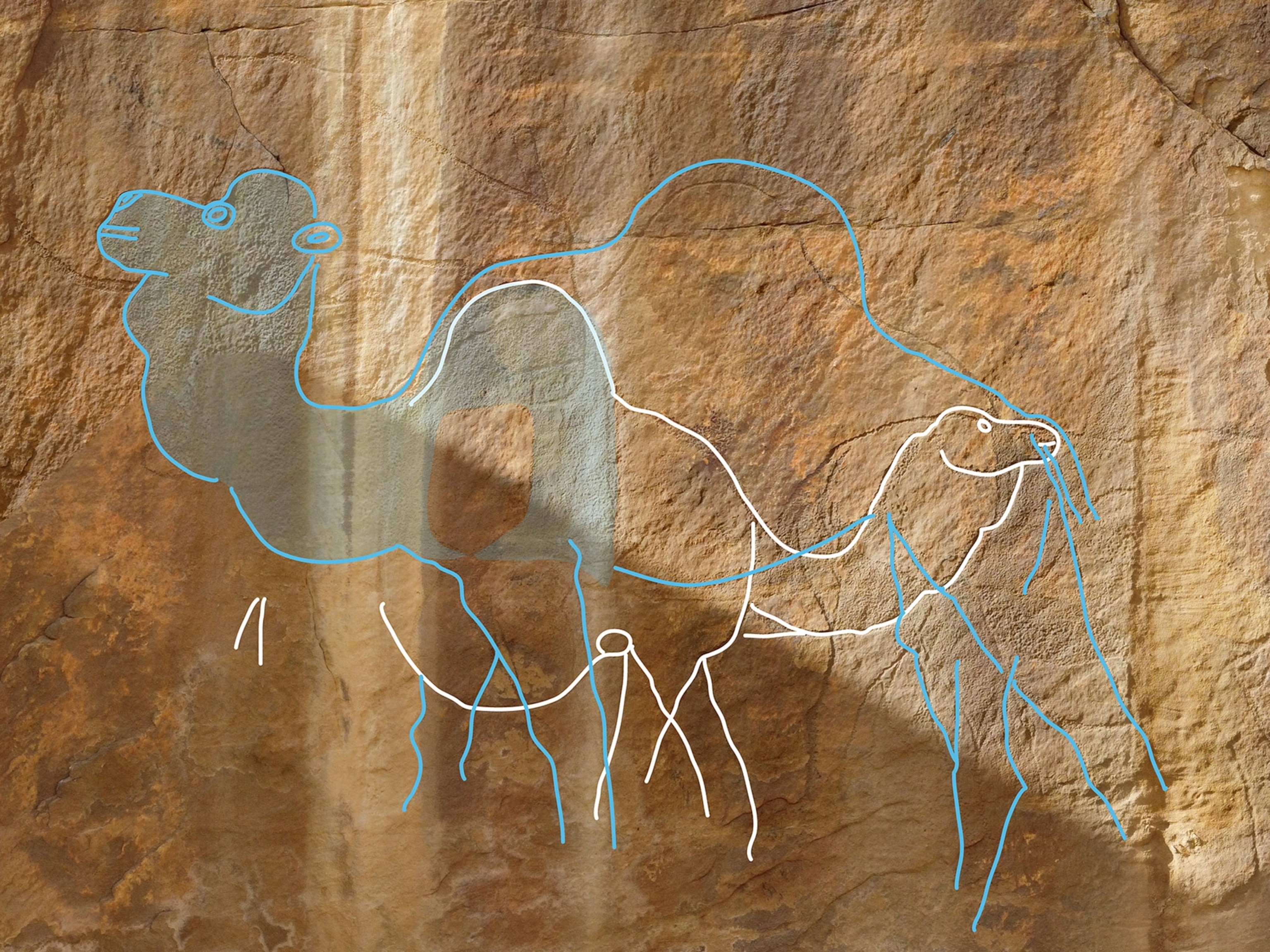
"Tyrant King" Leech Discovered, Attacks Orifices
Toothy new T. rex saws into eyes, rectums ... and so on.
There's a new leech king of the jungle.
The new species—dubbed
Tyrannobdella rex
, or "tyrant leech king"—was discovered in the remote Peruvian Amazon, according to a new study.
Puzzling scientists from the start, the up-to-three-inch-long (about seven-centimeter-long) bloodsucker has large teeth, like its dinosaur namesake Tyrannosaurus rex.
The T. rex leech uses its teeth to saw into the tissues of mammals' orifices, including eyes, urethras, rectums, and vaginas.
What's more, the newfound critter's "naughty bits are rather small," said study co-author Mark Siddall, curator of invertebrate zoology at the American Museum of Natural History in New York City.
Most leech genitalia account for large proportions of their bodies, which "makes sense, because your reproductive success is important," he said. But for a reason still unknown, the new species' genitalia are only about half a millimeter long—smaller than their nerve cords and only a tenth the size of most leech privates.
(Related: "Barnacles Can Change Penis Size and Shape.")
"We didn't say the large teeth were compensating for that, but it did come to mind," he quipped.
T. Rex Leech Shakes Up Family Tree
The leech was first recognized from a specimen plucked from the nose of a girl in Peru's central Chanchamayo Province in 2007. A local doctor sent the specimen to Siddall and colleagues, who were unable to place the toothy predator into established leech families.
After two years of field research, the team discovered the leech belongs to a globally scattered group of leeches that all suck on mammalian mucus membranes, according to the study, published April 14 in the online journal
This relationship, which shakes up the leech family tree, suggests that the mammal-loving leeches' common ancestor probably lived during the late Jurassic period (199.6 million to 145.5 million years ago), when the continents were lumped together into a single landmass called Pangaea.
(Related: "Vampire Moth Discovered—Evolution at Work.")
Although the
T. rex
leech—which people encounter while swimming in rivers and lakes—usually isn't deadly, it can stay in a person's body forweeks, and could cause choking, Siddall said.
T. Rex Leech May Save Lives
Ironically, the ferocious leech may one day help people.
Siddall and his team study leeches to develop anticoagulants—treatments that stop patients' blood from clotting.
Medicinal leeches have been used for more than a century for various medical therapies. Finding a new leech helps scientists better understand the molecules that make leech saliva so beneficial.
The discovery of the presumably rare leech also highlights how species can be lost to the "incredible threat" that is Amazon deforestation, Siddall noted. (See an interactive map of the Amazon River Basin.)
"As Douglas Adams would say: Do we want a planet that is only full of panda bears and pine trees?" he said. "The loss of any species is going to make this planet colder and lonelier."





